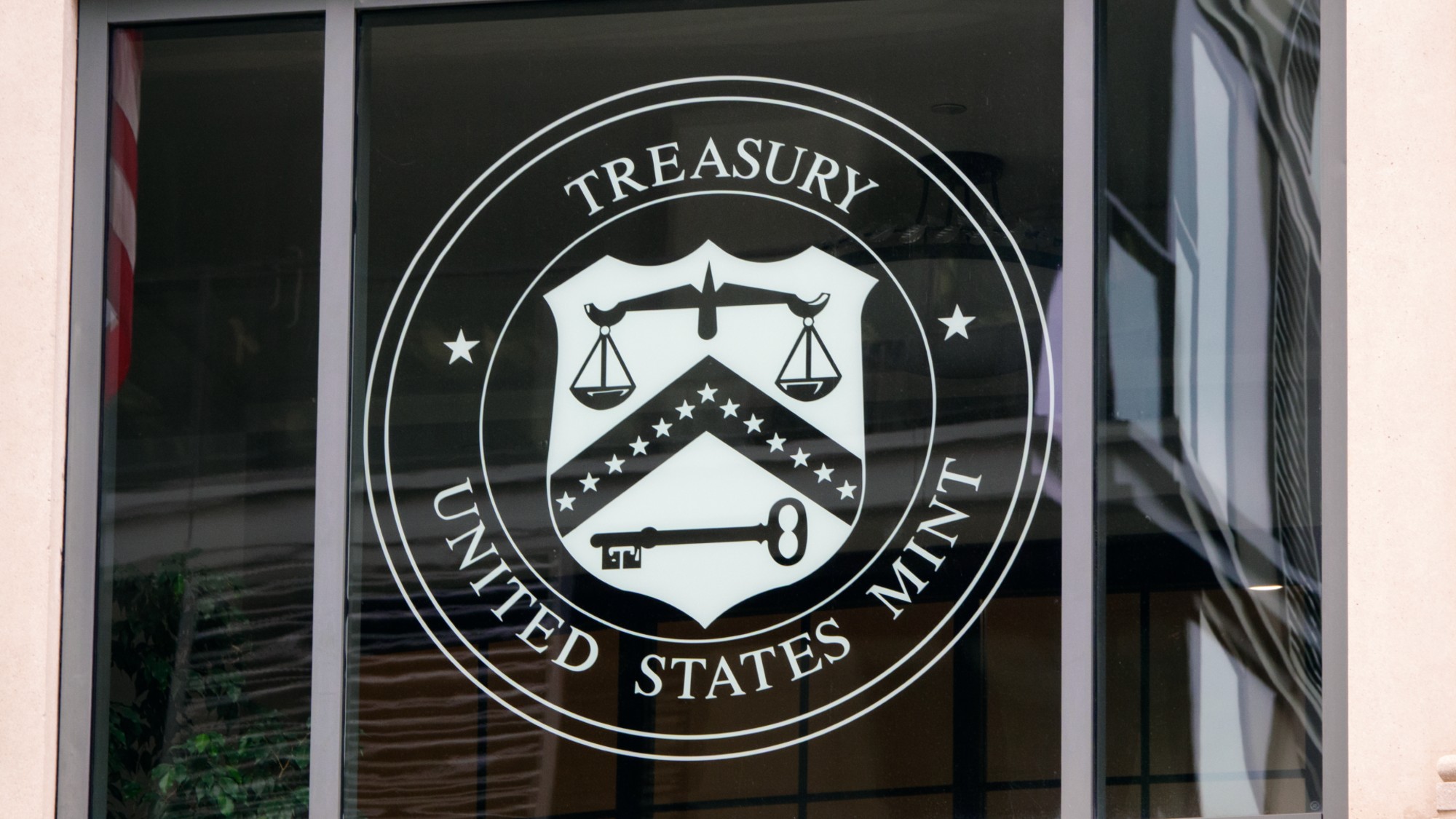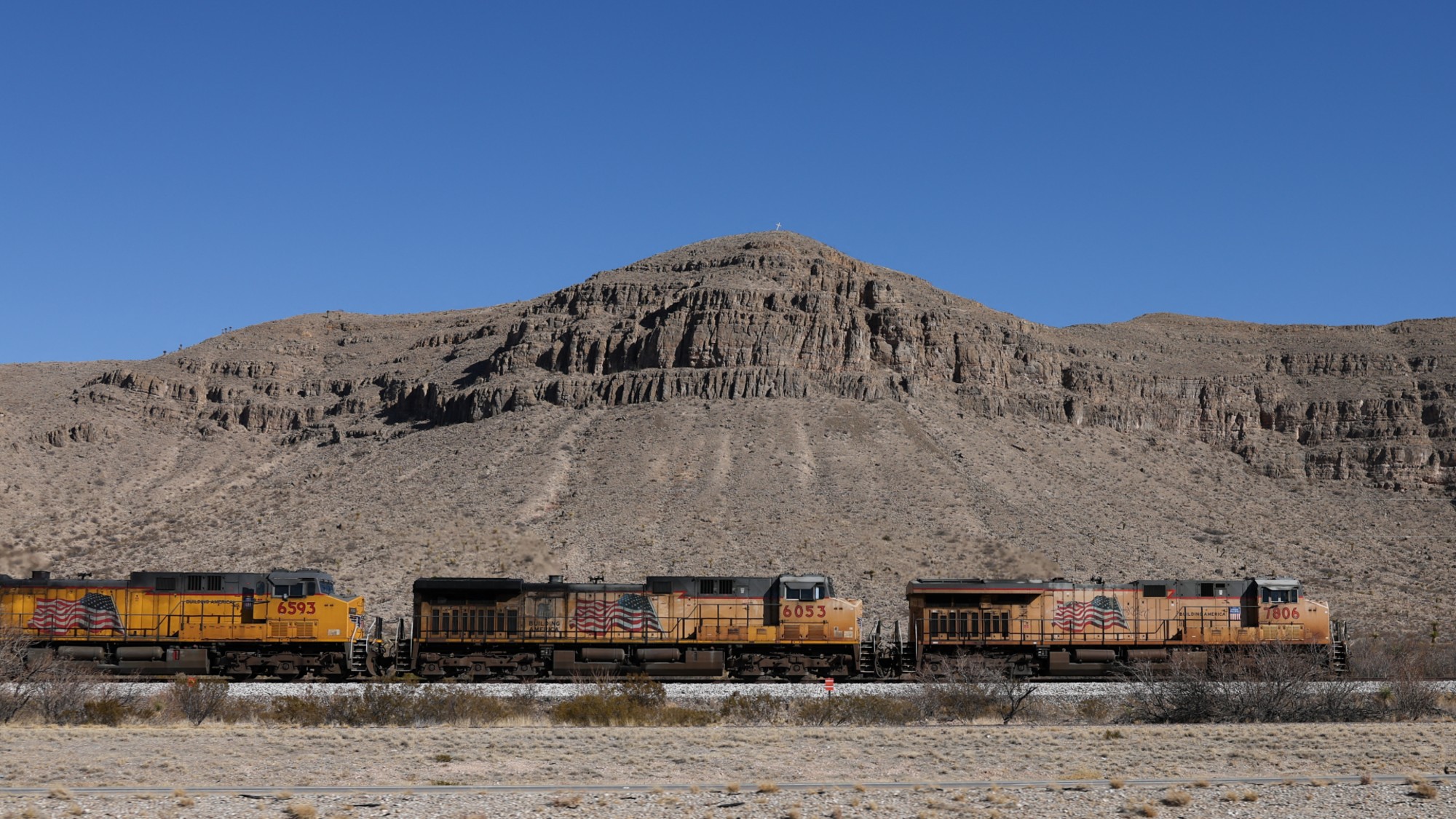North Korea’s nuclear gambit
Kim Jong Il has alarmed the world by restarting his nuclear program. What’s this strange, reclusive nation up to?
Why is North Korea defying the U.S.?
The country’s leader, Kim Jong Il, apparently feels he has nothing to lose. His nation’s economy is in shambles, his relations with ally China are strained, and the U.S. has already cut off fuel-aid shipments. Some analysts say Kim is playing the time-honored “Crazy Fearsome Cripple” gambit. In this high-stakes game, North Korea hopes to extract food, energy, and other concessions from its neighbors and the U.S. by acting as if it just may start a nuclear war if not placated. Kim has cunningly played this trump card just as the Bush administration prepares to go to war with Iraq, knowing that the U.S. is distracted and unlikely to take on another conflict. “He looks very irrational, very dangerous, and very unpredictable,” North Korea analyst Choi Jin Wook tells The Washington Post. “This is Kim Jong Il’s style.”
Why has the economy failed?
The Week
Escape your echo chamber. Get the facts behind the news, plus analysis from multiple perspectives.

Sign up for The Week's Free Newsletters
From our morning news briefing to a weekly Good News Newsletter, get the best of The Week delivered directly to your inbox.
From our morning news briefing to a weekly Good News Newsletter, get the best of The Week delivered directly to your inbox.
North Korea is the only communist state in the world to have absolutely resisted market reforms. Most of its industry is beyond repair after years of underinvestment; the inefficiency of collective farming has led to eight straight years of chronic food shortages. The United Nations estimates that half of North Korea’s 22 million people are malnourished, and famine has killed up to 2 million people in the last 10 years. No one can be sure of these statistics, because few Westerners are allowed inside the country, and then they are closely monitored. The Internet is banned, and few North Koreans even have access to telephones.
What is life like in North Korea?
It is extremely harsh, regimented, and Orwellian. Pyongyang, the showcase capital, is built on a monumental scale, with eight-lane boulevards slicing through canyons of concrete apartment buildings. Overlooking it all are heroic bronze statues and technicolor murals praising “Dear Leader Kim Jong Il” and his father, “Great Leader” Kim Il Sung. Only productive party members are allowed to live in the city—old people and pregnant women are excluded. Each day at 7 a.m., noon, and midnight, a siren sounds, signaling the time to work, eat, sleep. At precisely 8:15 a.m., an all-girl marching band in electric-blue uniforms plays rousing patriotic music at a frantic tempo to inspire people as they begin their day. Unsmiling, the people walk to work in silence, in streets all but empty of traffic.
Why are there two Koreas?
A free daily email with the biggest news stories of the day – and the best features from TheWeek.com
It’s a legacy of the Cold War. In 1905, the Japanese occupied and later annexed Korea, and the country remained under Japanese domination until World War II. At war’s end, the Soviet Union occupied the North, and the U.S. the South. A charismatic young army officer called Kim Il Sung, who had been fighting the Japanese in Manchuria, returned to Korea and formed the Communist Party in the North. In 1948 he declared the Democratic People’s Republic of Korea, and two years later, backed by his Soviet sponsors, he invaded South Korea in an attempt to unify the country under communism. The U.S. rallied support from the U.N. to repel the invasion. The war lasted until 1953, with devastating loss of life, and ended with the country divided just north of the 38th Parallel.
Was the North always poorer?
No. Even though Kim Il Sung chose a Soviet-style path—complete with purges, gulags, and a personality cult—the North at first developed more rapidly than the South by building heavy industry on foundations laid by the Japanese. But Kim’s devotion to rigid state control of the economy soon took its toll. He continued to safeguard the Stalinist purity of his regime even when his ally, China, opted for economic reform in the ’70s. In 1980, North Korea defaulted on all of its loans, except those from Japan. By the late ’80s, output was declining by more than 4 percent a year. Today South Korea—with just twice the population—has an economy that is 37 times larger than North Korea’s.
What happened when Kim Il Sung died?
After his death in 1994, his son Kim Jong Il took control. Visibly nervous in public, the younger Kim struck many as an unlikely leader—“a short, dumpy-looking character with a strange hairdo,” as one diplomat put it. His image in the West wasn’t helped by disclosures that he loved wild parties, fast cars, gambling, sexual liaisons, and gangster films. (In 1978 he even kidnapped a South Korean film director and his actress wife to make films for him.) Suspicions that Kim might be a puppet of his generals were strengthened in 1998 when the regime appointed his father “Eternal President”—even though he’d been dead for four years. But most analysts now accept that the son has a firm grip on power; the deification of his father, it seems, is designed to strengthen Kim’s position by making him the nearest thing an atheist nation could have to the Son of God.
Will North Korea acquire nuclear weapons?
It already has. The CIA estimated in December that North Korea had built one or two plutonium-based nuclear weapons. Defense Secretary Donald Rumsfeld said the arsenal might actually include “several” such warheads. If North Korea moves ahead with plans to restart its Yongbyon nuclear reactor, it could manufacture enough plutonium for another four to six nuclear bombs. North Korea may back off if it gets the concessions it wants, says North Korea analyst Lee Jung Hoon, but Kim will never fully dismantle his nuclear program. “What is North Korea without those weapons? It’s nothing. It has no leverage,” Lee says. “Every time, they make it sound like a new issue and get a fresh deal.”
The Hermit Kingdom
The Two Koreas
-
 Zimbabwe’s driving crisis
Zimbabwe’s driving crisisUnder the Radar Southern African nation is experiencing a ‘public health disaster’ with one of the highest road fatality rates in the world
-
 The Mint’s 250th anniversary coins face a whitewashing controversy
The Mint’s 250th anniversary coins face a whitewashing controversyThe Explainer The designs omitted several notable moments for civil rights and women’s rights
-
 ‘If regulators nix the rail merger, supply chain inefficiency will persist’
‘If regulators nix the rail merger, supply chain inefficiency will persist’Instant Opinion Opinion, comment and editorials of the day